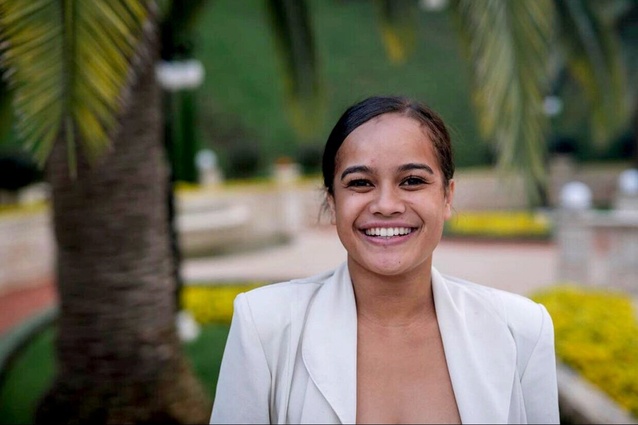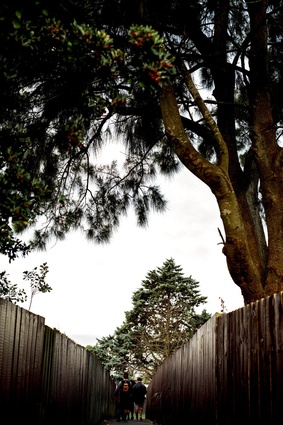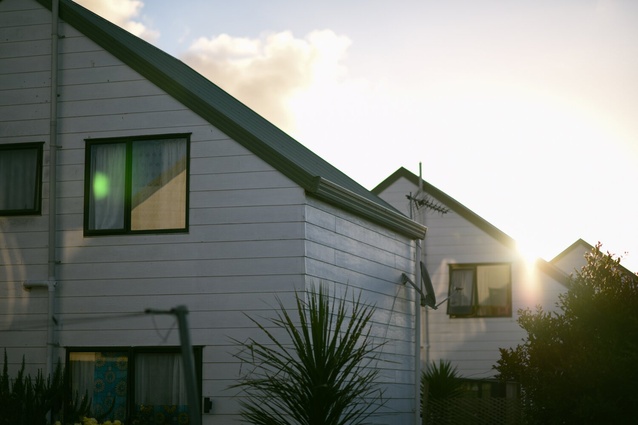The history of Aotearoa’s landscape through a Māori lens
Drisana Brown graduated the NZDAT Programme (New Zealand Diploma in Architectual Technology) last year and cross credited into BAS (Bachelor of Architectual Studies) this year. She’s also doing an internship at TOA (Tamaki Makaurau Office Architecture) which she says has been a huge opportunity to lean more about architecture and integrating Māori in design.
She’s doing ‘The Landscapes of Aotearoa’ course at Unitec, which looks into how the past is influencing the present, and how we can provide for the future landscapes of Aotearoa, exploring the evolution of tāngata (people) and whenua (landscapes) in Aotearoa New Zealand, in terms of Te Ao Māori and Te Ao Pākehā / Te Ao Hurihuri (the western worldview and changing worldview).
Her essay is one of a series of articles that Landscape Architecture Aotearoa has run written by landscape architecture students.
Kia ora koutou,
Ko Ngatokimatawharua tōku waka
Ko Rakautapu tōku maunga
Ko Hokianga tōku awa
Ko Ngaitupoto tōku marae
Ko Ngapuhi tōku iwi
Ko Ngaitupoto tōku hapū
Ko Frank Brown raua ko Violet Watling ōku tupuna
Ko Daniel Brown raua ko Liva Fonoti ōku mātua
Ko Drisana Brown tōku ingoa
Nōreira, tēnā kōutou kātoa
If we look at the history of the landscape of Aotearoa through the lens of a Māori perspective, there are spiritual connections, beliefs and traditions that make up the framework with which Māori live by and have been accustomed to for hundreds of years. They are interconnected with the sea, moon, sun, animals and nature as they are all part of the land. The connection between these are what make up the spiritual bonds with tangata whenua – the people of the land and the land itself.
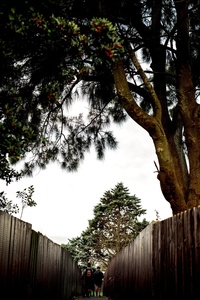
As a Māori growing up in the western world perspective in South Auckland, it was never about prospering as a whanau or a community but as an individual contributing to the economy by getting an education and then working. Unconscious to this idea of being connected to the land, owning land or a home was always a goal. This shows a sign of status or success in the eyes of a western world view. But thinking about it now I am disappointed in how that level of thinking has reached even the youngest of minds in our community. Two questions come to mind: What is the root cause of this? And where did it come about?
When we think of connection it also brings to mind “Whakapapa”. Whakapapa is “genealogy, an important skill and reflects the importance of genealogies in Māori society in terms of leadership, land and fishing rights, kinship and status. It is central to all Māori institutions.” Throughout history, Māori have shared their connection to the land by whakapapa and pepeha which is passed down through generation after generation.
This perspective that we are viewing from, we see the interconnectedness of Māori and their land, the sacredness in which they treat nature around them and the quality of their relationships that are established. As for building on the land we come to see the Marae and its influence on the social aspect of life. It has brought different tribes together, to eat, sleep and build camaraderie all under one roof. This idea of independence within a family did not exist but rather a more communal way of life building and growing off one another with extended family. The intricate design of Marae is a story of its own that represents ancestral history through the art of carving and weaving. Every Marae across Aotearoa has a name and design architecture of its own as it is named after their ancestors. The symbolism and the detail signify the station of Marae in the community.
In Aotearoa, we suffer from poverty, homelessness as well as having a “housing crisis”. When thinking of these problems with many of the Māori practices, traditions and perspectives of life in mind, these problems could be overcome. Not to disregard the many other solutions, but to think that the way we view life is also just as important.
Looking at where we are now, many practices around Aotearoa now engage with mana whenua when designing their projects that are in their land. It is a step towards bringing together different world views and coming up with modern solutions. Although this is a learning process we can see how beautiful our community becomes when it integrates Māori designs. Practices of Māori art like carving and weaving also play a huge role in the design process of these projects because they are more meaningful and people feel more connected with them.
As a Māori architecture student, the importance of my role in contributing to the industry is vital. This journey of learning more and more how to integrate Māori stories and beliefs within design principles is something I am committed to learning more about. Even going beyond the design principles and thinking more deeply about how we can take care of the land and not see through the lens of commercialism.
I can also see the importance of education in this perspective. We aren’t taught in high school about the history of Māori and Aotearoa. This shows that there is a huge disconnect between the educational system and the needs of the people of Aotearoa. Through education, we can be freed from thinking about individualism and greed, but rather spiritual principles of generosity and justice. When nurtured with the right education it will influence the younger generations to contribute to the betterment of their community spiritually, intellectually and physically.
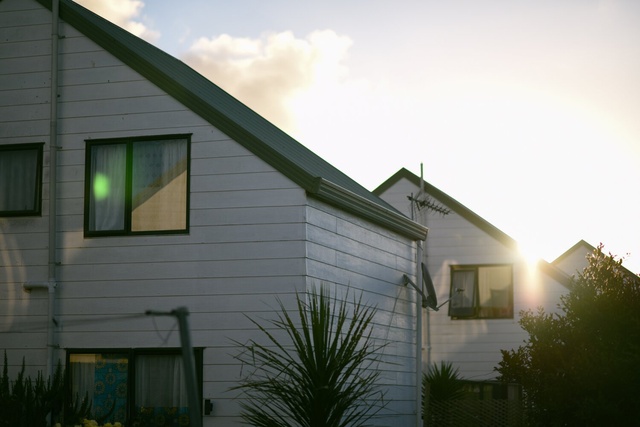
I support a lot of youth aged 12-15 years old through the Junior Youth Spiritual Empowerment Program in Manurewa and they learn how they can be of service to their community. They learn to channel their energies through their talents and develop their power of expression. Helping younger youth has made me realise the role youth play in the community and how important it is to spend a lot of time accompanying those that are younger than me.
Growing up in Manurewa, the media portrays South Auckland as “bad” and “troublesome”, which causes people to show prejudice towards us. But, when seeing the potential the younger people have, that narrative becomes false. Through serving, I have found a passion for designing and integrating designs that are grassroots to our community. And, that is our culture. We’re also, more and more, becoming a gated community. As a student in architecture, I want to see how I can contribute to the landscape and where we can create a more village-type feel.
When thinking of the importance of the history of the landscape of Aotearoa we can appreciate that a lot of growth can happen. Instead of seeing boring square box houses, we can now see beautiful facades of buildings with integrated Māori patterns with stories behind them.
This article was first published on the Landscape Architecture Aotearoa website, which is published by the New Zealand Institute of Landscape Architects (NZILA).

